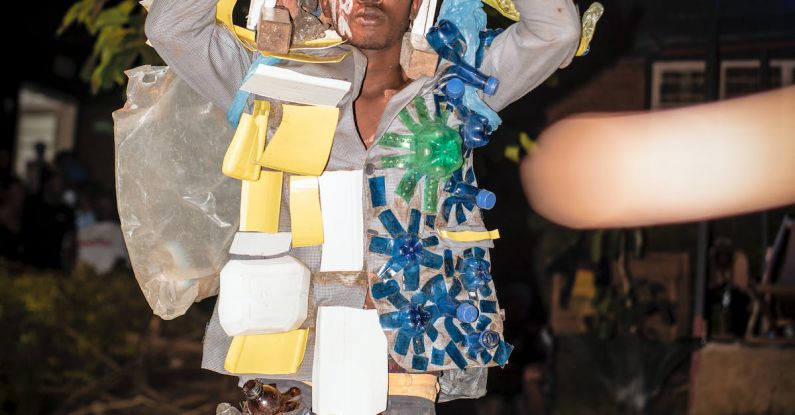How to Recycle and Upcycle in Your Home?
In today’s world, it is more important than ever to reduce waste and find creative ways to reuse and repurpose items. Recycling and upcycling are two great ways to do this, and they can easily be incorporated into your daily life. Whether you are a seasoned environmentalist or just starting on your green journey, here are some practical tips on how to recycle and upcycle in your home.
1. Start with a Recycling System
The first step to becoming a recycling pro is to set up a convenient and efficient recycling system in your home. Place designated bins or containers in easily accessible locations, such as the kitchen or laundry room, to collect recyclable materials like paper, plastic, glass, and metal. Make sure to educate yourself and your family members on what can and cannot be recycled in your area, as recycling guidelines can vary.
2. Repurpose Glass Jars and Bottles
Glass jars and bottles are one of the most versatile items you can upcycle in your home. Instead of throwing them away, clean them thoroughly and use them for storage purposes. They can be used to hold pantry staples like rice and pasta, or repurposed as vases for flowers. Get creative and paint them or wrap them in twine for a personalized touch.
3. Get Crafty with Paper and Cardboard
Instead of tossing paper and cardboard into the recycling bin, consider giving them a second life through upcycling. You can transform old cardboard boxes into storage organizers or create unique wall art using colorful magazine pages. If you have kids, involve them in the process by making homemade greeting cards or paper mache projects.
4. Donate or Sell Unwanted Items
One person’s trash is another person’s treasure. Before discarding items that are still in good condition, consider donating them to local charities or selling them online. Not only will you be reducing waste, but you may also be helping someone in need or making some extra money. Clothing, furniture, electronics, and books are just a few examples of items that can easily find a new home.
5. Repurpose Furniture
Instead of buying new furniture, consider repurposing or refurbishing old pieces. A worn-out chair can be given new life with a fresh coat of paint or reupholstering. Old wooden pallets can be transformed into unique coffee tables or bookshelves. The possibilities are endless, and you will have a one-of-a-kind piece that reflects your personal style.
6. Compost Kitchen Scraps
Food waste is a major contributor to landfill waste. Instead of throwing away fruit and vegetable scraps, coffee grounds, and eggshells, start composting them. Composting is an easy and effective way to turn organic waste into nutrient-rich soil for your garden. You can either create a compost pile in your backyard or use a compost bin for indoor composting.
7. Invest in Reusable Products
One of the simplest ways to reduce waste is to switch to reusable products. Invest in reusable shopping bags, water bottles, coffee cups, and food containers. By making these small changes, you will be significantly reducing your use of single-use plastics and other disposable items.
In conclusion, recycling and upcycling in your home can be both fun and rewarding. By following these tips, you can make a positive impact on the environment and inspire others to do the same. Remember, every small action counts, so start today and be part of the solution to a more sustainable future.






